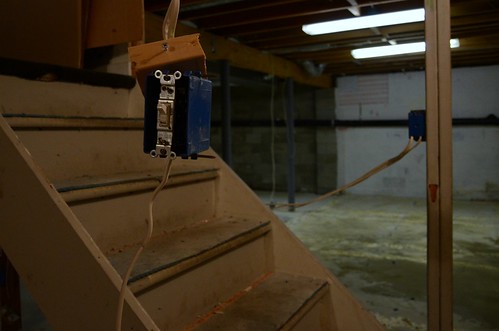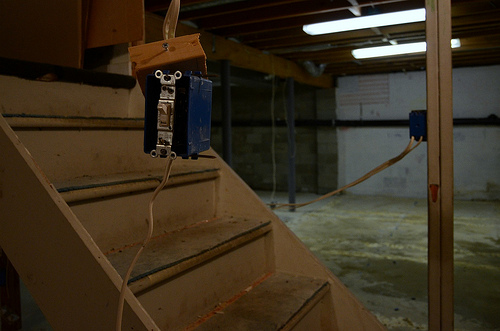Moisture Control In The Basement: Why It Is Important And How To Control Moisture
No one wants to deal with a damp basement. This is one of the main reasons why a lot of homeowners give up on fixing this part of the house. You know you have a damp basement if you notice that dank, musty smell.
But aside from the smell, the dampness caused by humidity can also cause the basement foundation to rot, leading to structural damage, water damage, mold growth, rotting wood, and pest infestation. The other disadvantage is the probability of suffering from health conditions, such as allergies, itchy skin, and clogged nasal passages due to breathing in contaminated air. Thankfully, there are ways to control moisture in the basement.

The Importance Of Moisture Control In The Basement
When you have moisture in the basement, it can lead to various problems. For one, it can encourage mold growth. Mold can quickly reproduce in damp areas. You also need to understand that the airflow in a property usually starts at the bottom, and work its way upwards. This means that a damp basement with mold growth, rot, and decay will pose as a potential health risk because the moist air along with everything in it will work towards other places in your home.
Another problem you can face with a damp basement is pest infestation. In some reviews at slideshare.net/rovepestcontrol, it was said that Rove Pest Control informs homeowners that bugs and critters, such as termites, prefer to dwell in high moisture areas. These insects need moisture to survive; therefore, they are attracted to damp basements and crawl spaces. In addition, this kind of environment will encourage their growth, resulting in severe property damage if left unchecked.
Guide to Basement Moisture Control
1. Repair The Cracks And Holes: The first thing you need to do is to repair the cracks and holes in the basement. These open areas allow the water into the basement, lowering the value of your home. To repair the cracks and holes, you need to mix hydraulic cement and water. Use a pointy trowel and repair.
2. Dehumidify The Basement: You need to understand that the basement is a particularly humid place. The moisture in the air, which you don’t see, might be the reason behind the dampness in your basement. You can use a dehumidifier in this area during humid weather to reduce the excess moisture in the air. Doing so will prevent condensation that may accumulate on the walls.
3. Consult Your HVAC System Contractor: Speak with your heating, ventilation, and air conditioning contractor to make sure that the system you use is the right size to remove humidity from your basement. You should also check for any leaks in the dryer ventilating pipe and make sure that it is securely attached to the dryer to avoid leaks into the system.
4. The Rainwater Should Be Directed Away From The House: Another method to control moisture in your basement is to ensure that your downspouts and gutters are clean. In doing so, you can be assured that the rainwater will be directed away from your house. In addition, you should inspect whether the drainage doesn’t flow next to the foundation of the house. You can install splash-blocks to address this problem.
5. Inspect The Perimeter Outside Your Home: You should make sure that the ground around your house slopes down and away from the foundation. This will help prevent flooding and leaks in the basement. Consult with a building contractor or landscaper if you do not know how to modify the slope around the perimeter of your home.

